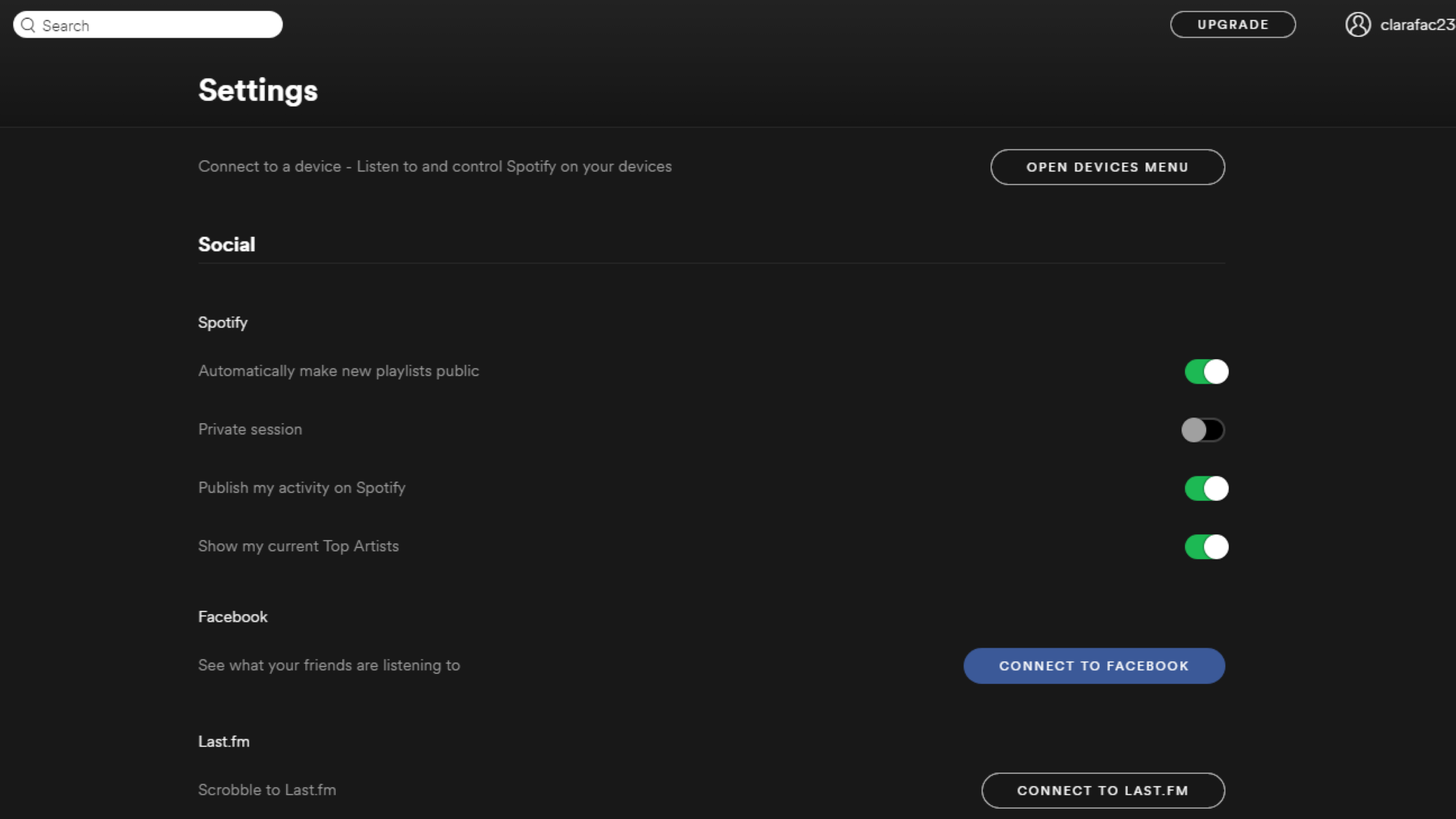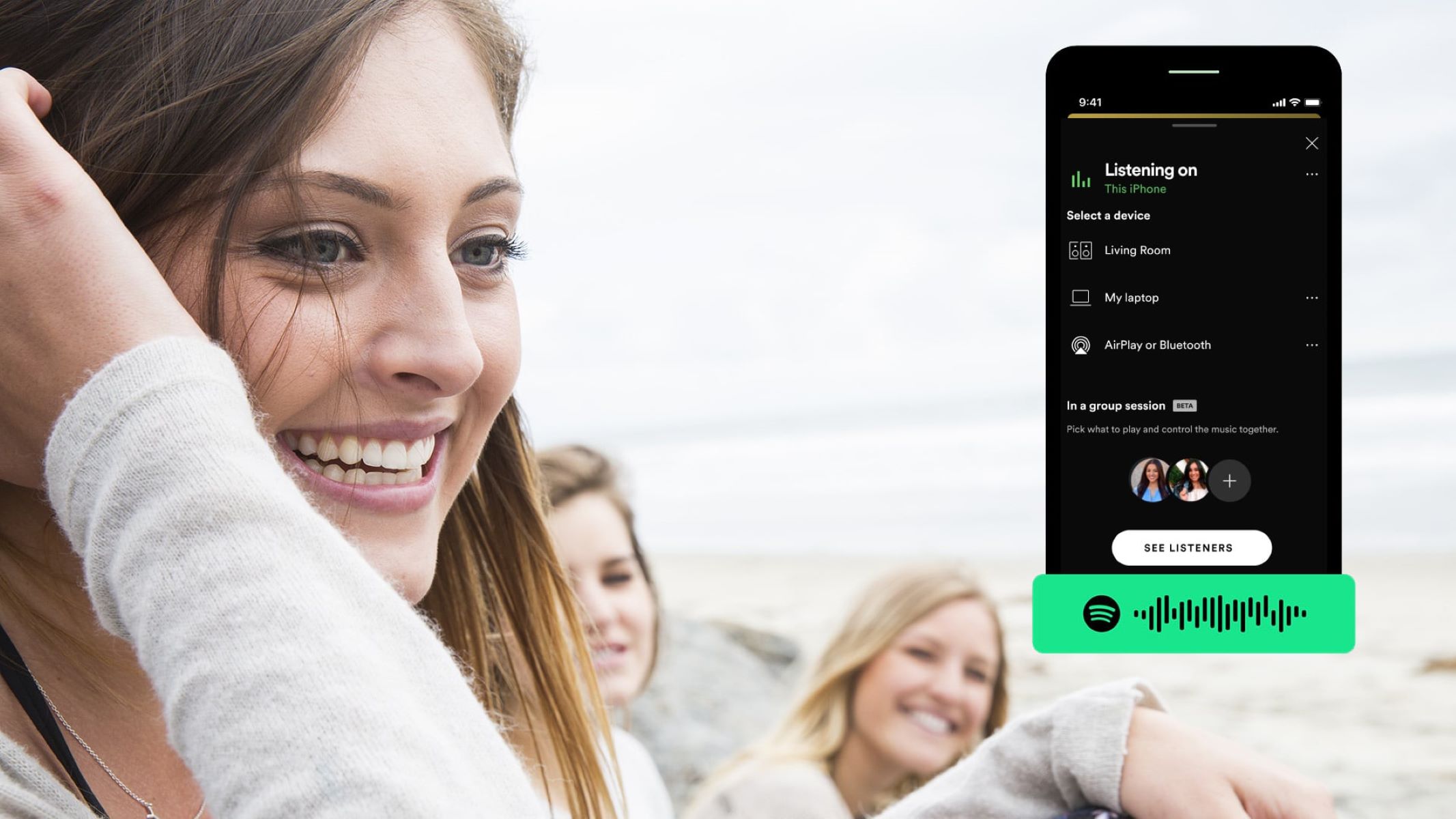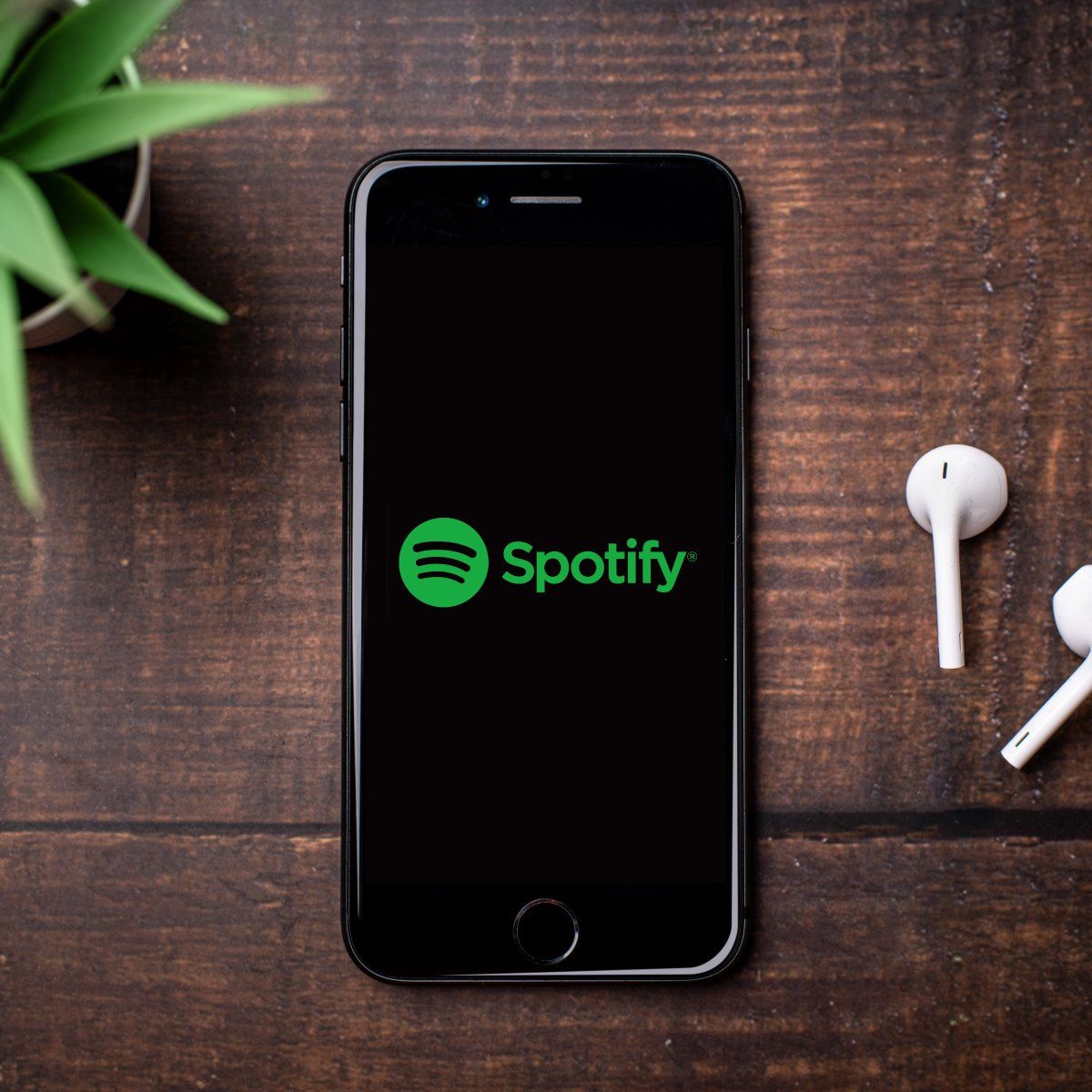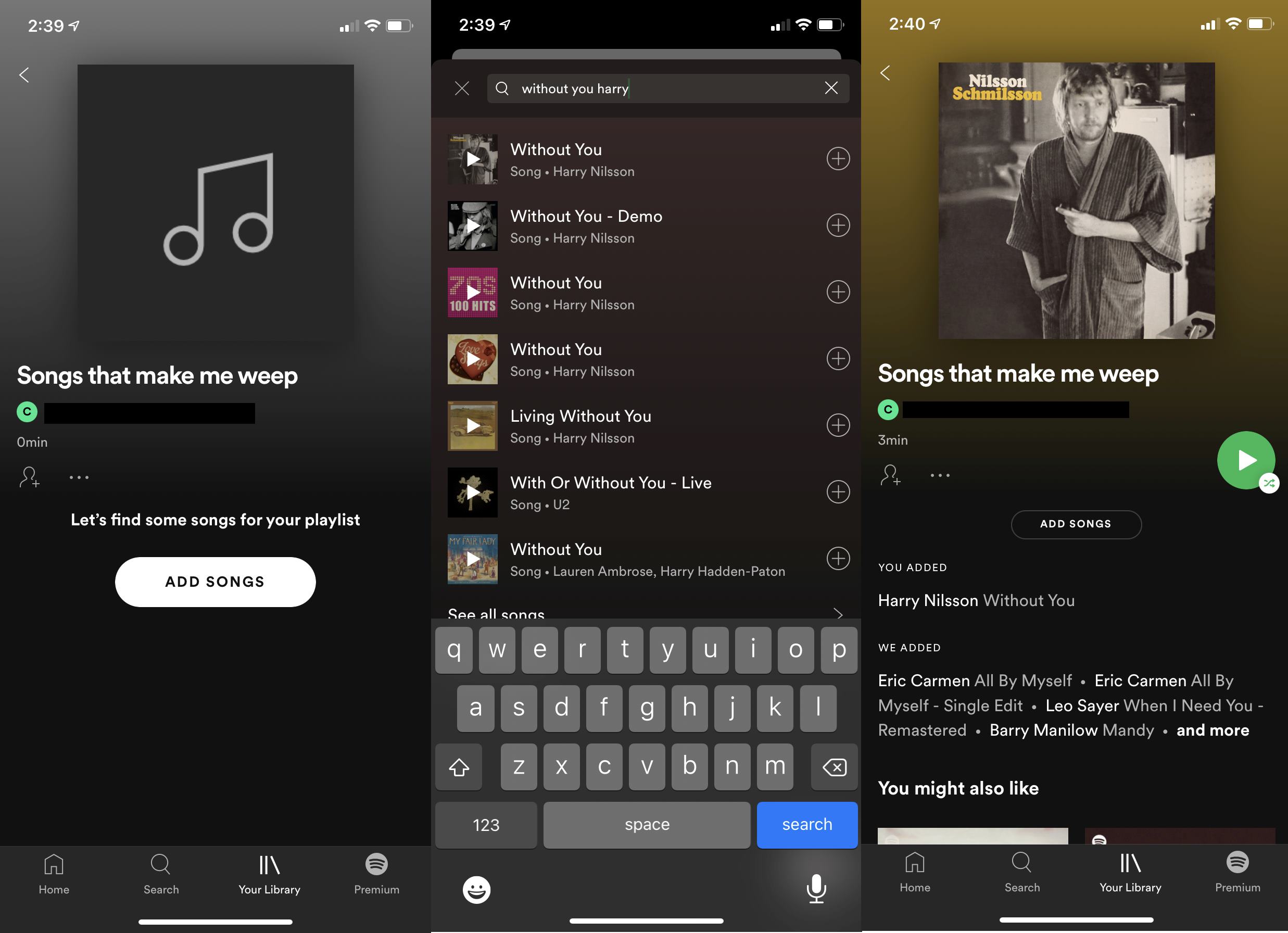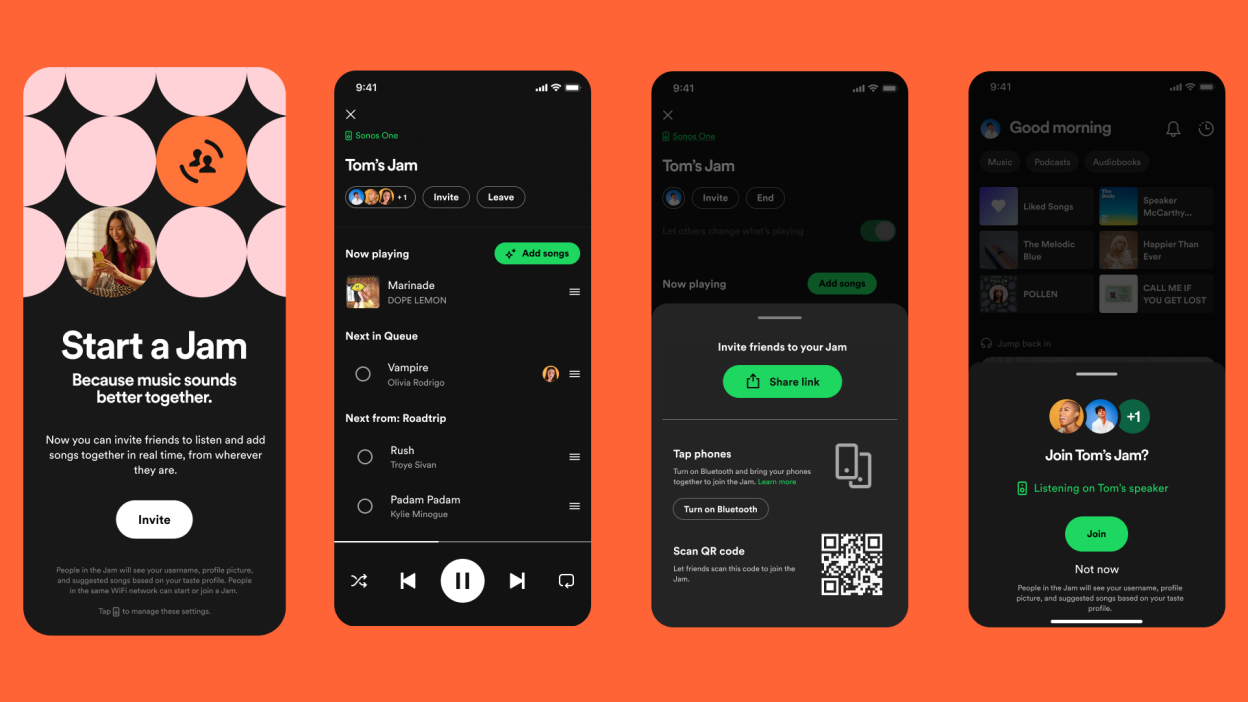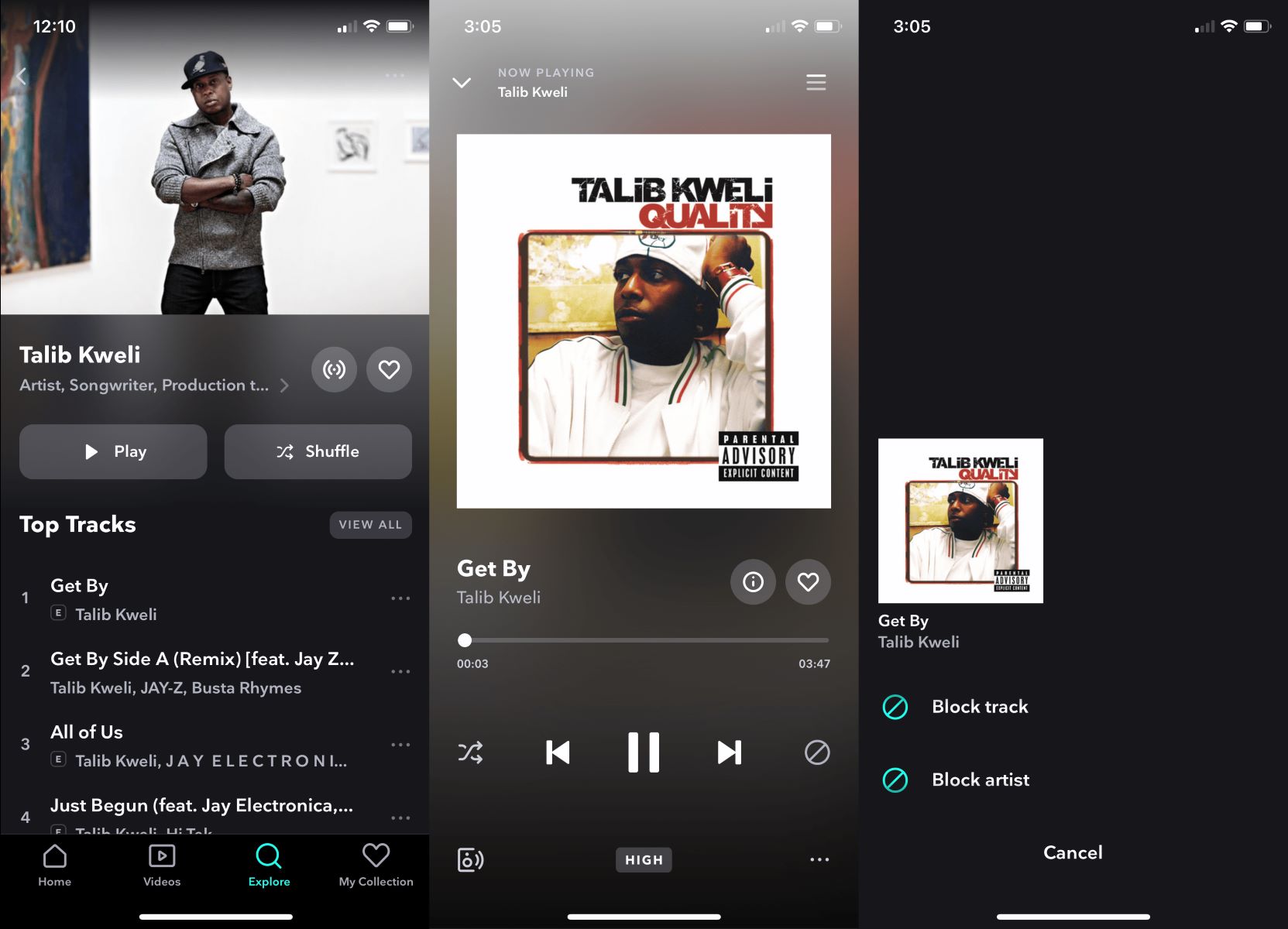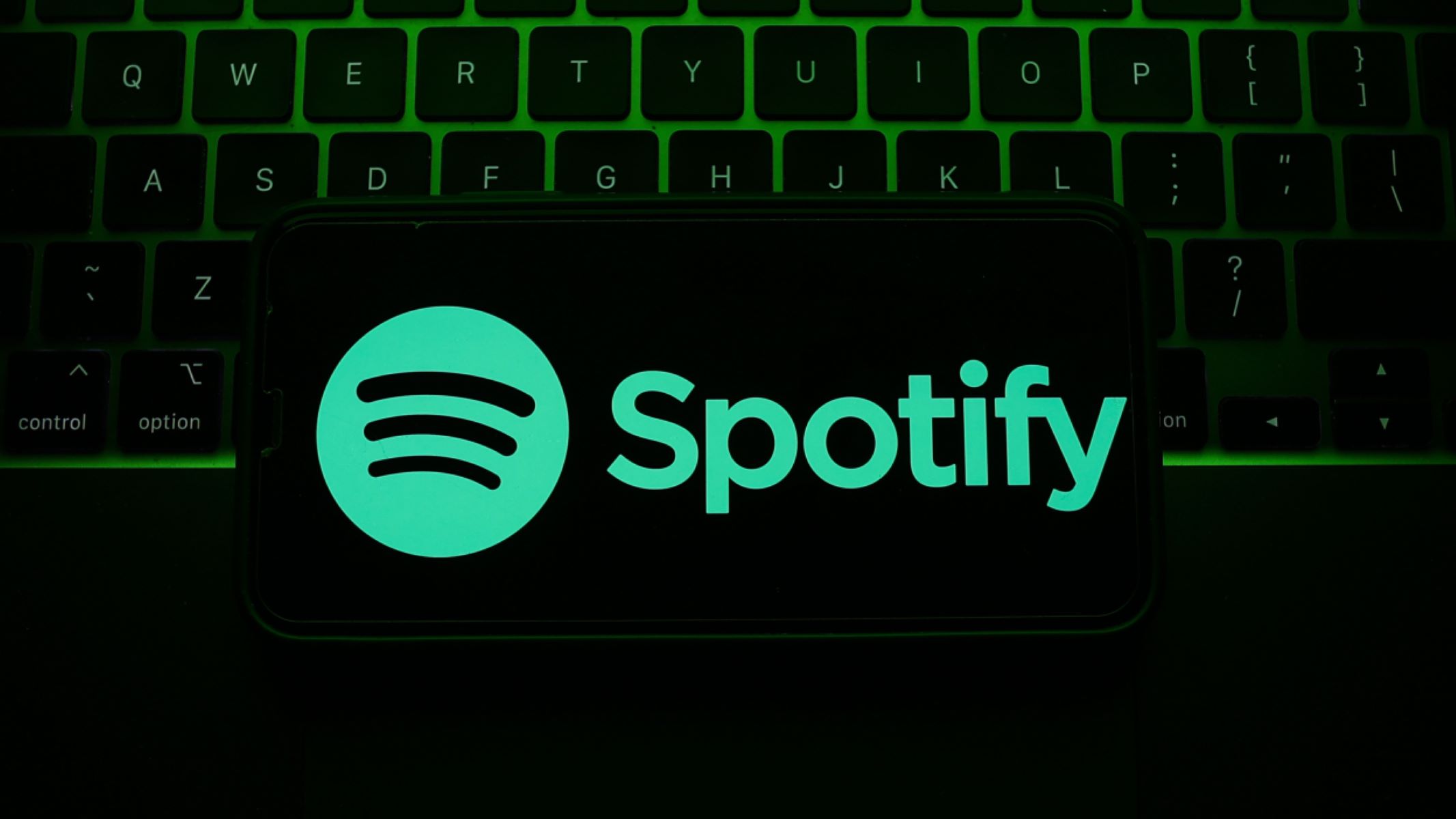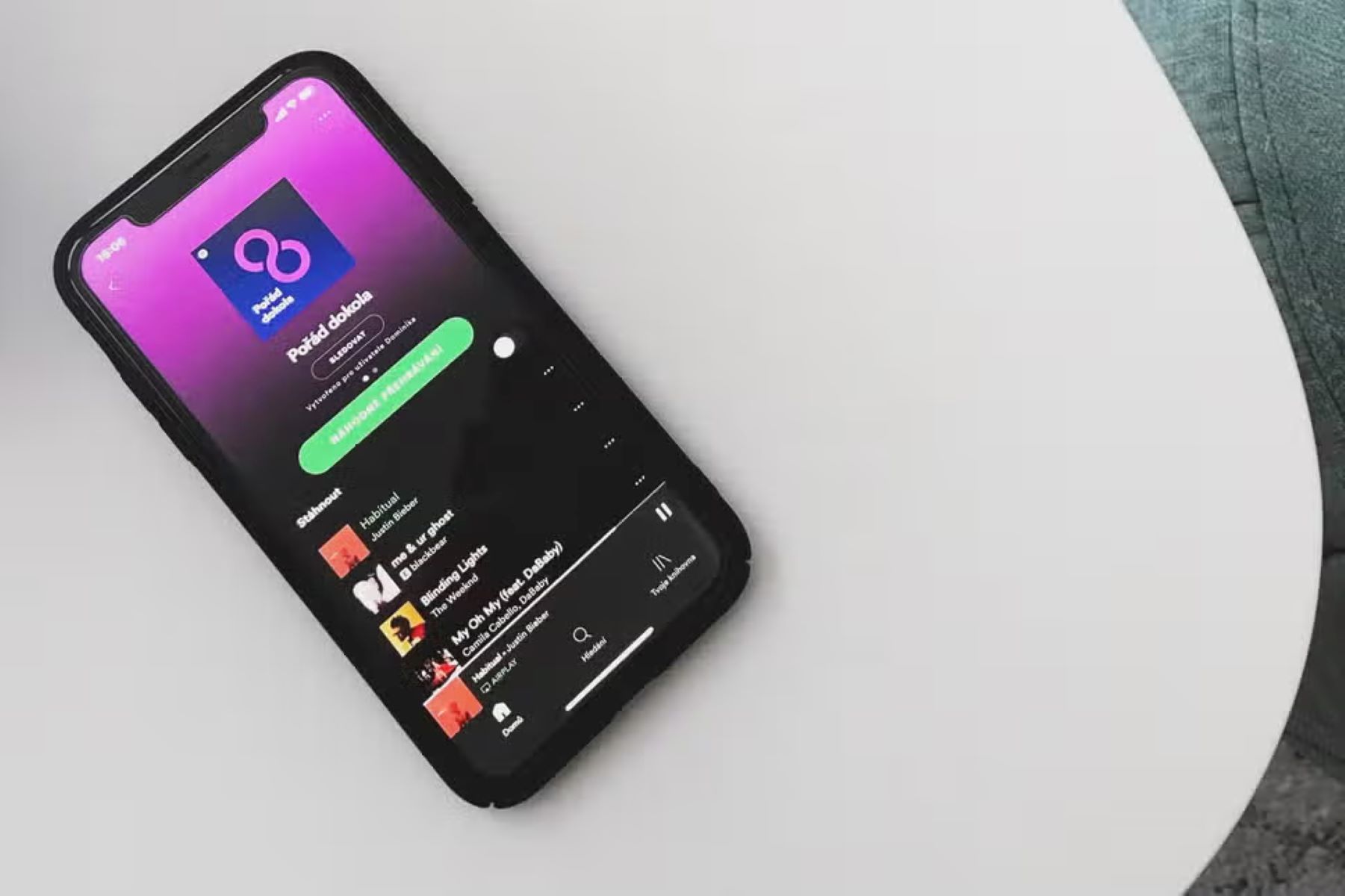Introduction
Welcome to the world of music streaming! With the rise of digital platforms, accessing your favorite tunes has become easier than ever. Spotify, a popular music streaming service, offers a wide range of features to enhance your listening experience. One of these features is the private session option.
In this digital age, privacy has become a significant concern for many users. While enjoying your favorite music, you may want to keep your listening habits private. This is where the private session feature on Spotify comes into play.
A private session allows you to enjoy your music without leaving a trace of your activity on the platform. It ensures that your listening history, playlists, and recommendations are kept confidential. Whether you are hiding your guilty pleasure songs or simply maintaining your privacy, the private session feature provides a solution.
In this article, we will delve deeper into the concept of private sessions and explore how to enable and disable this feature on Spotify. We will also discuss the benefits and limitations of using a private session, helping you make an informed decision about whether you should utilize this feature or not.
So, if you are ready to dive into the world of private sessions on Spotify, let’s get started.
What is a private session?
A private session on Spotify is a feature that allows you to listen to music without it being saved to your account’s history or influencing your personalized recommendations. When you enable a private session, your listening activity during that session is not recorded, ensuring that your privacy is maintained.
During a private session, Spotify will not display or save the songs you listen to, and it won’t use the data from that session to curate personalized playlists or recommendations. This means that the songs played during a private session won’t affect the algorithm’s understanding of your music preferences.
Privacy is important, especially when it comes to our personal choices and tastes in music. The private session feature allows you to enjoy your music without worrying about others seeing your recently played tracks or discovering your guilty pleasures.
It’s worth noting that a private session in Spotify is different from the incognito mode or private browsing you may find in web browsers. Private sessions only apply to your Spotify account and will not affect your general browsing or internet activity.
By default, Spotify saves the history of the songs you play and uses that data to provide recommendations and curated playlists that align with your interests. However, if you prefer to keep your listening activity private or simply want to have a session where your preferences aren’t recorded, the private session feature is here to meet your needs.
Now that we have a clear understanding of what a private session on Spotify entails, let’s explore how to enable this feature in the next section.
How to enable a private session on Spotify
Enabling a private session on Spotify is a simple process that can be done using either the desktop application or the mobile app. Follow the step-by-step instructions below to enable a private session:
- Open the Spotify application on your device and log in to your account.
- Navigate to the “Home” or “Library” tab, depending on the version of the app you are using.
- Click on your profile picture or the account icon located in the top right corner of the screen.
- In the drop-down menu, select “Private Session” or “Private Listening”.
- A confirmation message will appear, asking if you want to start a private session. Click on “Start Session” or “Enable” to proceed.
- Once enabled, you will see a lock icon next to your profile picture, indicating that the private session is active.
That’s it! You have successfully enabled a private session on Spotify. From now on, any music you listen to during this session will not be saved to your account’s history or used to personalize your recommendations.
It’s important to note that a private session will remain active until you manually disable it or until you log out of your Spotify account. If you close the app and reopen it, the private session will still be active.
Now that you know how to enable a private session, let’s move on to exploring the benefits of using this feature.
Benefits of using a private session
Using a private session on Spotify offers several benefits that can enhance your listening experience and protect your privacy. Let’s explore some of the key advantages of using this feature:
- Privacy: The primary benefit of a private session is the ability to keep your listening activity private. By using this feature, you can enjoy your music without worrying about it being visible to others, whether it’s friends, family, or followers on social media platforms.
- Guilty Pleasures: We all have those guilty pleasure songs that we enjoy listening to but may not want others to know. With a private session, you can indulge in your guilty pleasures without them appearing in your account’s history or affecting your recommendations.
- Uninterrupted Music Discovery: When you are in a private session, the songs you listen to won’t influence the algorithm in curating personalized playlists and recommendations. This allows you to discover new music without worrying about skewing your recommended content based on a specific listening session.
- Sharing Devices: If you share your Spotify account with others, using a private session can be helpful. It ensures that your listening activity doesn’t mix with someone else’s, allowing each user to have their own personalized experience without interference.
- Data Privacy: By using a private session, you have control over the type of data that is collected and used by Spotify. This can be particularly beneficial if you are concerned about your browsing habits or want to limit the data shared with the platform.
These benefits make a private session a valuable feature for those who value their privacy or want more control over their listening experience. It allows you to enjoy your music without any external influences, ensuring a personalized and uninterrupted session.
Now that we’ve explored the benefits of using a private session, let’s consider the limitations of this feature in the next section.
Limitations of using a private session
While a private session on Spotify offers many advantages in terms of privacy and control, it’s important to be aware of its limitations. Here are some key limitations to consider:
- Temporary Privacy: A private session only provides temporary privacy for your listening activity during that specific session. Once you disable the private session or log out of your account, the subsequent activity will be recorded as usual.
- Device-Based: Private sessions are device-based, which means that enabling a private session on one device will not automatically activate it on all your devices. If you want to maintain consistent privacy across multiple devices, you need to enable the private session individually on each device.
- Limited Visibility: While the private session keeps your listening activity private, it does not hide your online status or prevent others from seeing what you are playing in real-time. This means that your friends or followers can still see what you are listening to if they are actively using Spotify at the same time.
- No Partial Private Listening: When you enable a private session, it applies to your entire Spotify account. You cannot choose to keep certain playlists or specific songs private while allowing others to be visible in your history.
- No Influence on Recommendations: While the private session ensures that your activity during that session is not used to personalize recommendations, it also means that the songs you do listen to during a private session won’t contribute to refining your personalized recommendations. If you want your listening habits to shape your suggestions, using a private session might not be ideal.
These limitations should be taken into consideration when deciding whether to utilize a private session on Spotify. While it offers privacy and control, it’s important to understand its scope and how it may affect your overall listening experience on the platform.
Now that we’ve discussed the limitations of using a private session, let’s move on to learn how to disable it when needed.
How to disable a private session on Spotify
Disabling a private session on Spotify is as easy as enabling it. Follow the steps below to disable the private session feature:
- Open the Spotify application on your device and make sure you are logged in to your account.
- Click on your profile picture or the account icon located in the top right corner of the screen.
- In the drop-down menu, you will see an option that says “Private Session” or “Private Listening”. Click on it to access the private session settings.
- A confirmation message will appear, indicating that you are currently in a private session. To disable the private session, click on “End Session” or “Disable”.
- Once you confirm the action, the private session will be disabled.
- The lock icon next to your profile picture will disappear, indicating that the private session is no longer active.
By following these steps, you can easily disable the private session on Spotify whenever you wish to resume normal usage and have your activity recorded.
Remember that disabling the private session will revert your account back to its default state, where your listening activity will be saved and used to personalize your recommendations.
It’s important to note that if you log out of your Spotify account, the private session will also be disabled automatically, and the next time you log in, your activity will be recorded as usual.
Now that we know how to enable and disable a private session on Spotify, let’s wrap things up.
Conclusion
Privacy is a valuable aspect of our digital lives, and Spotify’s private session feature offers users the ability to maintain their privacy while enjoying their favorite music. By enabling a private session, you can ensure that your listening history remains confidential, your recommendations are not influenced, and your guilty pleasure songs stay hidden.
Enabling a private session on Spotify is a simple process that can be done through the desktop application or mobile app. By following a few steps, you can activate a private session and enjoy your music without leaving a trace on your account.
While a private session provides many benefits, such as temporary privacy, device-specific settings, and control over data privacy, it does come with limitations. It’s important to be aware of these limitations, such as the temporary nature of the privacy, its device-based application, and limited visibility to others who are actively using Spotify.
If you decide to disable the private session, whether to resume personalized recommendations or to allow your activity to be recorded, you can easily do so in just a few clicks.
In conclusion, the private session feature on Spotify offers users a level of privacy and control over their listening experience. Whether you want to keep your listening activity private, manage multiple users on the same account, or limit the data used by Spotify, the private session feature is a valuable tool. So, go ahead and enjoy your music with confidence, knowing that your privacy is in your hands.







